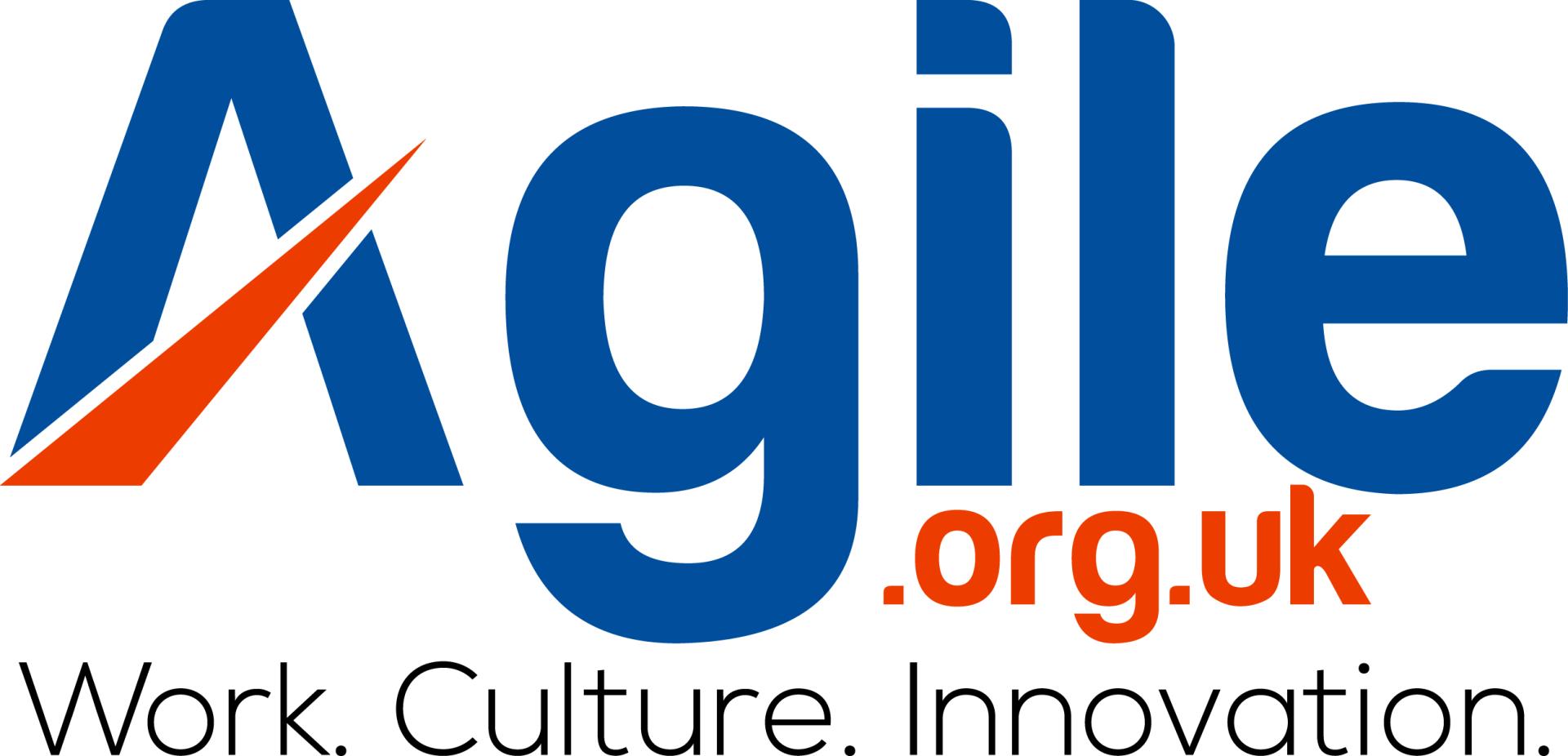Most agile adoptions plateau because they start at the surface. Teams install ceremonies, adopt a tool, rename project managers to product owners—and then wonder why cycle time, customer satisfaction, and morale barely move. The truth is simple and a bit uncomfortable: agility is a capability, not a checklist. It’s built through behavior, not bought through software.
You can spot this capability in places you might not expect. Consider how creative platforms evolve their audience and release cadence—sites like UnearthedSounds pivot content, channel mix, and drops to match shifting demand. In adjacent online niches—think non gamstop casinos—the same adaptive playbook shows up: short feedback loops, rapid experiments, and ruthless learning. The lesson is universal: agility is a pattern of sensing and responding, regardless of domain.
The Three Layers of Real Agility
1) Outcomes over outputs.
Velocity doesn’t pay the bills; validated outcomes do. Mature teams make this shift explicit. They budget for discovery, split hypotheses from delivery, and treat any roadmap item as “unproven” until a customer signal says otherwise. OKRs or outcome-based roadmaps become the default language so that “done” means “value realized,” not merely “tickets closed.”
2) Autonomy with alignment.
Agile stalls when teams are either overly constrained or completely unmoored. The target state is “tight on purpose, loose on method.” Leadership clarifies strategy, principles, and guardrails; teams choose their tactics. This is the operating system for speed: people closest to the work make the decisions, but those decisions ladder up to a coherent narrative.
3) Deliberate learning loops.
Retrospectives, A/B tests, discovery spikes, and customer interviews are not hygiene—they’re growth engines. High performers design the loop: observe → orient → decide → act → reflect. They instrument products (and processes) so every iteration returns a dividend of information.
Culture: The Non-Negotiable Substrate
You can’t “do agile” in a culture that punishes risk, hides information, and treats plans as contracts. Culture is not ping-pong tables and slogans; it’s what people actually experience day to day. Four cultural signatures predict whether agile will stick:
- Psychological safety. People are safe to challenge assumptions, ask “stupid” questions, and surface risks early. Safety accelerates truth; truth accelerates delivery.
- Transparency by default. Backlogs, metrics, and decisions are visible. Sunlight eliminates status theater and allows swarm behavior on real priorities.
- Bias to experiment. “What would we try if we could learn the answer in a week?” Becomes a reflex. Experiments are cheap; conclusions are expensive.
- Respect for craft. Agile isn’t speed at any cost. It’s sustainable pace, clean code, maintainable processes, and the humility to pay off debt before it compounds.
Leadership’s Job: Create the Conditions
Leaders don’t “enforce” agility; they cultivate it. The lever is the environment—structures, incentives, and habits that make the right behavior easy and the wrong behavior hard.
- Fund teams, not projects. Stable teams compound knowledge. Stop tearing them down every quarter to chase budget lines.
- Set few, sharp priorities. Nothing kills agility faster than trying to be excellent at twelve things at once. Choose the vital few bets and say no to the rest.
- Measure what matters. Balance outcome metrics (adoption, retention, NPS, revenue impact) with health metrics (lead time, defect rate, on-call load). If you only measure speed, you’ll get speed—and regret.
- Model the behavior. Execs who share draft thinking, ask for dissent, and admit when bets fail transmit a powerful message: learning beats posturing.
From Rituals to Results: Practical Moves That Change Trajectory
- Make discovery a first-class citizen.
Allocate explicit capacity (e.g., 15–20%) to discovery work: interviews, prototypes, data dives. Put discovery items in the same board, same WIP limits, same visibility as delivery. - Shorten the decision loop.
Map the approvals that slow you down. Collapse layers. Empower a directly responsible individual (DRI) per initiative with a clear decision remit. Replace gate meetings with written one-pagers and asynchronous comments. - Instrument everything.
Define the “critical few” metrics per product. Automate dashboards. Agree on leading indicators for each bet before work starts. If an experiment lacks a success criteria, it’s a wish, not a test. - Refactor how you plan.
Stop treating the roadmap like a contract. Plan in horizons:- H1 (0–3 months): committed work with clear scope.
- H2 (3–9 months): provisional bets with decision points.
- H3 (9–18 months): directional themes only.
Re-decide at each horizon boundary with new evidence.
- Treat tech debt as a portfolio.
Track debt items, estimate interest (impact on cycle time, incidents), and service the top offenders each sprint. Publish the “debt burn-down” alongside feature progress.
Anti-Patterns to Retire
- Cargo-cult ceremonies. Daily stand-ups that are monologues, retros with no actions, demos no one attends. Drop or redesign rituals that don’t generate decisions or learning.
- Hero culture. If work only moves when a few individuals push, you don’t have a system—you have luck. Build resilient pathways, not legends.
- Metrics theater. Vanity dashboards without decisions tied to them. Every metric should have an owner and a playbook: “If X moves, we do Y.”
How to Know It’s Working
You’ll feel it before you graph it: fewer handoffs, faster answers, calmer releases. Then the numbers confirm the vibe:
- Lead time trends down and stabilizes.
- Change failure rate drops; MTTR improves.
- Customer time-to-value shortens.
- Employee eNPS rises, especially on questions about autonomy and clarity.
Importantly, variability narrows. Agility isn’t just about occasional speed bursts; it’s about predictable, sustainable flow.
The Mindset Shift that Unlocks Everything
Stop asking, “Are we agile?” Start asking, “How quickly and safely can we learn?” When learning becomes the unit of progress, the organization stops fetishizing plans and starts celebrating insight. The by-products are the things leaders actually want: faster delivery, better products, happier customers, healthier teams.
Agile, when practiced at this level, ceases to be a transformation program and becomes your normal way of operating—calm, focused, adaptive. Frameworks can help you start; culture is how you finish.













